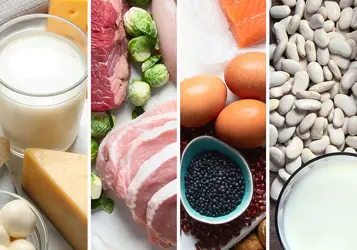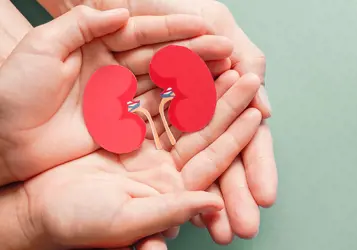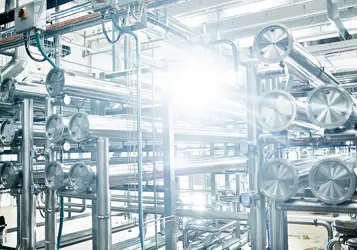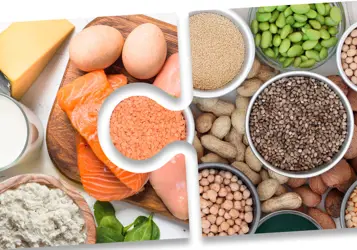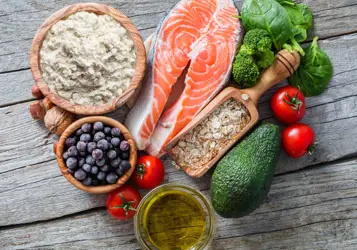It’s a fact of life that the composition of the body changes during ageing. Muscle mass is lost and fatty tissue increases as the process of muscle protein synthesis becomes less efficient, even in the healthiest individuals. What we can do is try to reduce this muscle loss, and that’s why we need to take care of protein intake.
But there is more to it than simply following the daily intake recommendation for protein quantity. The quality of the protein source, in terms of its indispensable amino acid (IAA) profile and digestibility, is particularly critical to support sufficient muscle protein synthesis to compensate for natural loss.
This is what we call the nitrogen balance – the relationship between daily protein losses, including muscle protein loss, and the daily intake and anabolic retention of amino acids necessary to maintaining and building muscle mass. It is the efficacy of the anabolic process that declines with age.
Defining protein requirements
At the moment, there is a lot of research into various aspects of protein level, quality and the relationship between protein intake and exercise in older people. While the precise protein requirement for older people remains a subject for debate, there is a consensus that they need at least the same amount of protein as younger people and perhaps even more. Some studies over the past year have also looked at the distribution of daily protein intake across meals.
One thing we are still lacking is a specification of the precise IAA requirements of older people, as current recommendations are based on the needs of a healthy, young adult. This is much needed as there is growing evidence that older people are more sensitive to protein quality and the availability of specific amino acids.
The anabolic trigger
Leucine, for example, is a powerful anabolic trigger for muscle protein synthesis, and we suspect that the leucine requirement may increase with age. So, as people eat less as they get older due to lower energy expenditure and a smaller appetite, there is evidently a need to increase the concentration of IAAs such as leucine in the diet.
For this reason, it makes sense to draw on the protein sources with the highest IAA content. As a 2015 study by Stephan van Vliet et al. shows, this is where dairy proteins appear to offer most compared to plant-based proteins and other sources of animal protein. Whey protein has the highest content of leucine in particular1.
Scores for digestibility
Then there’s the question of protein digestibility, which concerns how well the body can digest, absorb and, consequently, benefit from the amino acid content. Again, dairy proteins are the top scorers, with a digestibility of 95-99%. At 77-91%, soy and pea have a good digestibility score among plant protein sources. Digestibility is lower when plant protein is consumed in the form of complex flour or whole grains.
Some of the IAA and digestibility shortfalls in lower quality proteins may be overcome by combining them in complementary blends. However, at present, no study of older adults has investigated whether a leucine deficiency at lunch can be countered by the higher leucine content of dinner.
More answers needed
As muscle protein synthesis tends to take place within two to three hours after a mealtime, it could be that each meal needs to contain the optimum balance of high quality, digestible proteins to maximise muscle synthesis. At the moment, we cannot be sure about this, due to inconsistencies in available data.
We need further studies to provide more answers. Until then, it’s safe to say that ensuring a sufficiently high protein content in the diet is a clear benefit for muscle maintenance during ageing – the higher in quality and digestibility, the better.
References:
[1] Stephan van Vliet, Nicholas A Burd, Luc JC van Loon, The Skeletal Muscle Anabolic Response to Plant- versus Animal-Based Protein Consumption, The Journal of Nutrition, Volume 145, Issue 9, September 2015, Pages 1981–1991, https://doi.org/10.3945/jn.114.204305
Read also the first article in our healthy ageing mini-series:
The battle against muscle loss begins with the right proteins
This blog contains material and information intended for B2B customers, suppliers and distributors, and is not intended as information to the final consumers.



